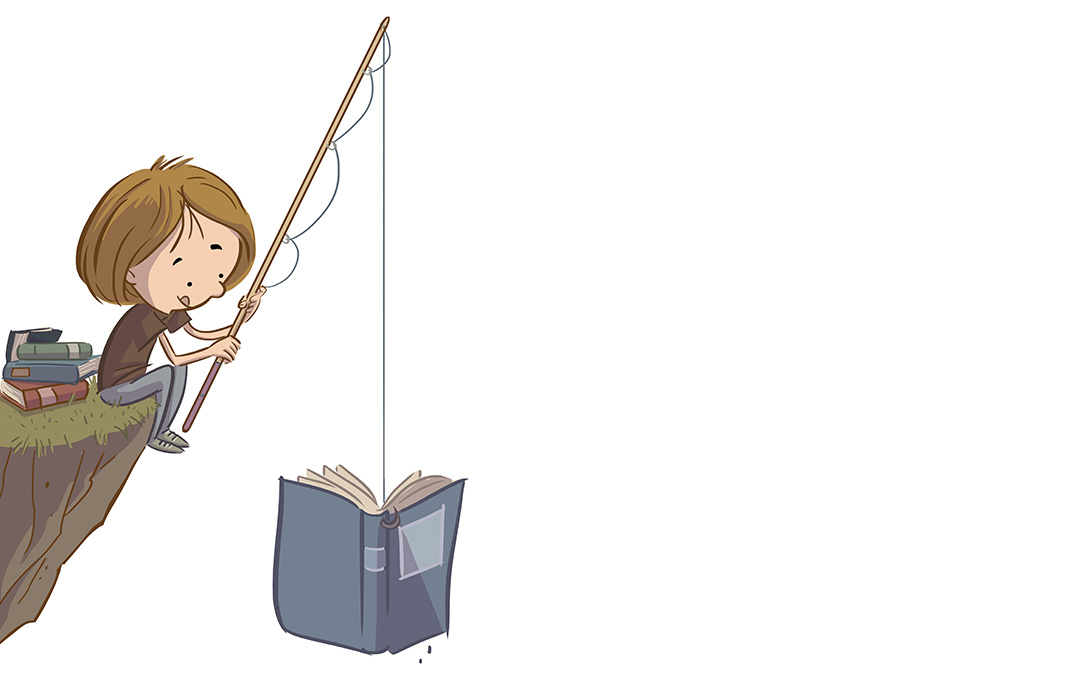The opening lines of a story hold a lot of power. Take a look at a few of these well-known novels.
“The screw through Cinder’s ankle had rusted, the engraved cross marks worn to a mangled circle.”
Cinder by Marissa Meyer
“A thief is a lot like a wizard. I have quick hands. And I can make things disappear. But then I stole the magician’s locus magicalicus and almost disappeared myself forever.”
The Magic Thief by Sarah Prineas
“First the colors.
Then the humans.
That’s usually how I see things.
Or at least, how I try.”
The Book Thief by Markus Zusak
“Not for the first time, an argument had broken out over breakfast at number four, Privet Drive.”
Harry Potter and The Chamber of Secrets by JK Rowling
All of these authors do a wonderful job of grabbing a reader’s attention right from the start. The lines convey something that is unique to the book. You couldn’t swap these beginnings into any other story and have them make sense. From the get-go, we are being told important information that helps establish setting, character, and plot.
It’s a tricky thing to do, and my caution is always not to fret over the opening line. Far too many writers spend hours staring at a blank page, trying to figure out the perfect way to start their story, when the truth is, you probably won’t know until you’re through at least your first draft. So start writing! Get the words down on the page. Then come back to this post and try to incorporate the advice I’m about to give.
Avoid cliché openings
If you ever have the opportunity to attend a writing conference, or if you read a lot of agent and editor blogs, you’ll almost certainly hear someone ask these industry professionals, “What story openings make you immediately stop reading a submission and move onto the next?”
Now a note here for new writers: I know this sounds harsh. Do agents and editors really toss out months or years of work simply because they didn’t like the first few lines? How do they know this isn’t going to be an excellent book?
The truth is, yes, many will stop reading after just a few lines if those lines don’t pull them in. The publishing industry is full of people who are overworked, and they don’t have time to wait until chapter 3 before a story gets good.
Don’t let this cause you to freeze up. Follow the advice you’ll read here and make sure you get your work in front of critique partners. They will help you know if you’ve got an engaging first page.
Okay, now back to that question that’s asked so often. I’ve heard countless times that writers should avoid beginning their stories with wake-up scenes. I know it seems natural to start a story at the beginning of the day, but this opening scene is over-used, and it will not help your work stand out among the crowd. Try to fast forward in your character’s day to a point that is just before the action. You can fill in the details of your character’s normal day-to-day routine through backstory that’s carefully scattered throughout your opening.
Alright, now pause again. After hearing that piece of advice, many writers make the mistake of going to the other extreme. They think that starting their story at a high point of action will certainly draw in a reader. I mean, how could anyone not want to know if the princess will survive being chased by an evil sorcerer through the woods? The honest answer to that question is: a lot of readers. They won’t care because they don’t know who that princess is. They aren’t invested in her. If you bombard your reader with an action scene without providing context for how your character got there, why the character matters, and what’s at stake, the reader will only be frustrated and put the story down.
Creating A Great Hook
So what does hook a reader? The same thing that makes a good story: character and stakes. Up front, readers want to know who the main character is and why they should care about them. This is often done by showing the reader a likable character trait. Show us why this is someone we want to root for or someone we can sympathize with. In some cases, your main character may not be likable. Maybe they’re a villain. If that’s the case, at least show the reader why this character is interesting. Readers need a reason to keep reading.
The second half of the equation—what’s at stake—is closely tied to character. Your reader wants to know what will happen to the character if they don’t get what they want. If this is a story where your character isn’t aware of the high-stakes of their situation yet, the reader needs to understand it. Tension is what keeps a reader turning pages, so even if it’s not the primary conflict that is introduced in the beginning page or two, there should be something at stake for the main character.
All of this doesn’t need to be explained in the first three lines, but the opening paragraph should contain an element of the hook. It should point to something interesting about the character or something interesting about the stakes of the story. And if you can do both, you’re off to a really great start.

